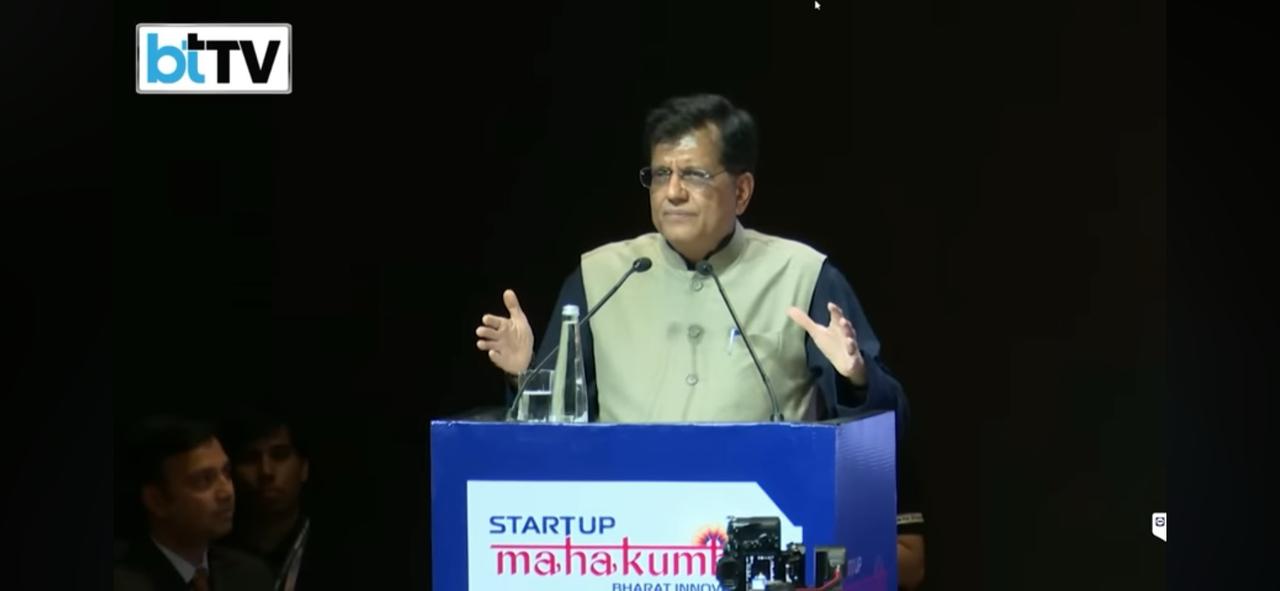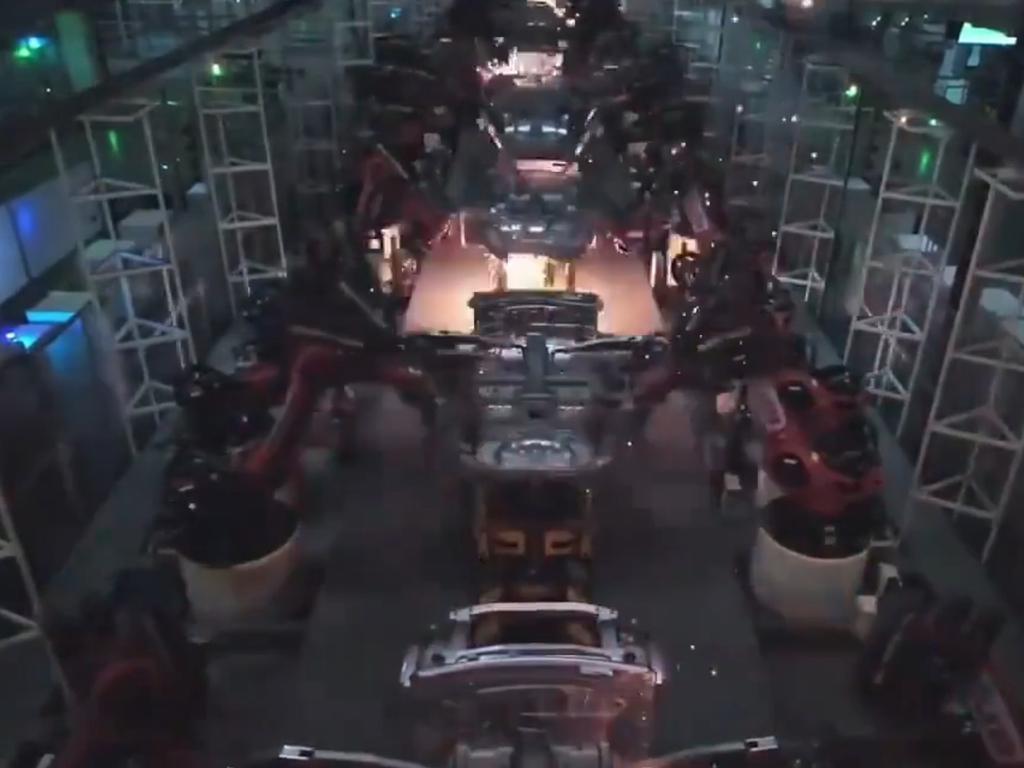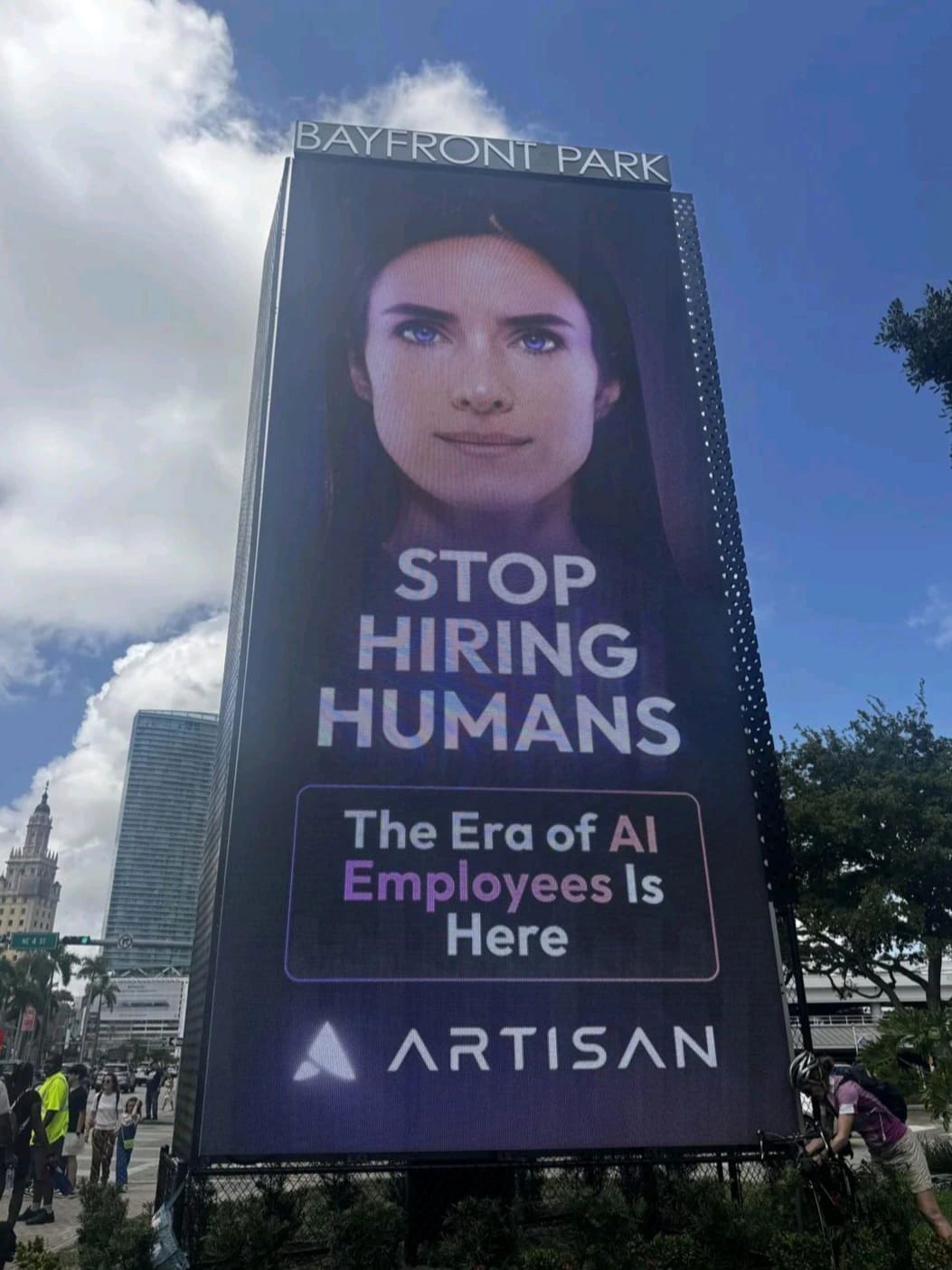Piyush Goyal, the Minister of Commerce & Industry, in the centralization oriented government, used an online social media content, in an event titled as Startup Mahakumbh, to provoke the Indian entrepreneurship startup stakeholders for not doing what the Chinese startups were doing with the words, “do you want to remain local shopkeepers (dukhandaar) or do you want to build international scale bharat ki pehchaan (make a name or identity keeper for bharat) startups choice before us!”.

The irony of the several contradictions was completely lost in the subsequent debates that ensued. One logistic behemoth paraded the aggregated, low skilled, and unsecured jobs created as economic value creation. Others IT major blaming the government with unfair comparison with Chinese government and their large investments, some others nitpicked on his words and eventually he was forced to back peddle in a subsequent meeting.
Indian “job market” is a longstanding joke.
We have the largest number of people employed in the ‘’unorganized’’ sector (estimates vary between 75 – 94%). The government is ignorant of this sector and its capacity to sustain jobs to the large working population for such a long time. It is a wonder how we continue to throw the term ‘’unorganized’’ for as long as we have, with no understanding and better nuanced categorization until now.
A definition of ‘’unorganized’’ is that the job does not provide contracts and does any other benefits. By that definition, most of the ‘’gig workers’’ are unorganized. Niti Aayog estimates 20+ million gig workers by 2030, a miniscule <5% of these (in the logistics sector) have any contracts and even in the eCommerce sector, only about 10% have contract jobs and overall <5% seem to have any healthcare benefits. 
And the term ‘’deep tech’’ is a shifting goalpost. Globally, deep tech benefits and remains dominated by the tech oligarchs. Almost all of them are oriented towards reducing human jobs and in the name of efficiency increasing dependency on machines. Currently everyone’s fantasy is the ‘’dark factory’’ about which more AI generated images than real photos abound online. Last year IMF estimated that 80% of the AI economic value went to high-income countries. Data Centres, AI and other are estimated to consume 4% of the global electricity needs by 2030 and then there is the cost of dismantling the eWaste of which India is estimated to have generated 1.6 million tonnes in 2023 alone.
Assuming Mr. Goyal’s (and his responders) words seriously and India goes the way China did with the deep tech startup enterprise ecosystem being recast, what are the consequences let’s say until 2030? It would require India to invest about $100 billion annually and also reskill about 40 million people who will be rendered jobless. The worst part of it could be the widening of wealth gap with the urban-rural wealth further widening and 80% of the benefits derived by about 1% of the population. Environmentally, we could end-up displacing as many people internally as migrants as many have left Palestine since the war started and placing land, water and energy production in the country under severe stress.
No one countered Mr. Goyal by stating that being a decentralized, less energy consuming, less carbon footprint based, local dukhandaar catering to one fifth of humanity (whether one is serving them pakoda or fancy ice cream) is nothing to look down upon.
Indian civilization is unique in not being centralized. The Mahakumbh reduced to just a glamorous name for Startup event, is a good example with 13 akharas each one with its own structure, governance and independent of all others, coming together for the event. They gather their donation (and opinions too) from their own devotees mostly and do not follow a central dictat. The akharas nor not trying to go multinational and enhance ‘’bharat ka pehchaan’’, they do the maha kumbh here, that is unique, the biggest gathering in the world and has been peaceful until recent times. 
Real Indian job market is like also a permanent form of mahakumbh. Mr. Goyal’s Ministry may not know how the ‘’unorganized’’ sector creates and sustains jobs or what is the extent of commerce transacted through this sector or what all are produced through this sector. We do not know how many people practice the nearly 2500 types of occupations that the government has identified under the National Classification of Occupations (NCOs) and new ones are emerging all the time. Indeed 2/3rd of our vocations is from new emerging skills rather than traditional ones as per studies. While our communities are ready to earn, our biggest challenge is that the cost of reskilling is to be borne by the individual, we have an impractical bureaucratic way of imposing it (ask anyone with an ITI that has got DDUGKY scheme funding for skilling) and still manage to only provide 30-40% of skills for deeptech. Chinese (who have only about 1500 occupations against India’s 2500) with their centralized skill development almost cover the entire cost and have small skill gaps with the industry (their Made in China policy of 2015). Partly it is to do with our overhyped engineering education (almost half of whom are unemployable according to the industry) that students must pursue at a very high personal cost with complicated bureaucracy regulating it.
Industry in India has been pointing to cutting this diversity of skill building and retain a more central (obviously industry driven) focus of skill development. But, that requires a highly organized communist top-down model of government, not a Democracy. We are still governed from below (despite the best efforts of the industry and its influence on bureaucracy) where the panchayat or a village community, can decide what it needs the most for its citizens, maybe many of them want to have only dhukhandaars and not care much about international scale companies!? Panchayats will not care for the ‘’international’’ scale unless they too can see profits and not merely the oligarchs. Neither the State driven centralized agenda like China, nor the American tech model of externalizing the cost can work here. Mr. Goyal, if he really meant all that he said, should try and create a model where inequality is addressed first in rural society, he should try and convince panchayats and not startup investors. Because that is where the power to influence resides and if they want dhukaandhaar, they will get their dhukaandhaar, regardless of any number of notional mahakumbh that the minister may organize. Not because they do not care for bharat ka pehchaan, but because they think they are also bharat.